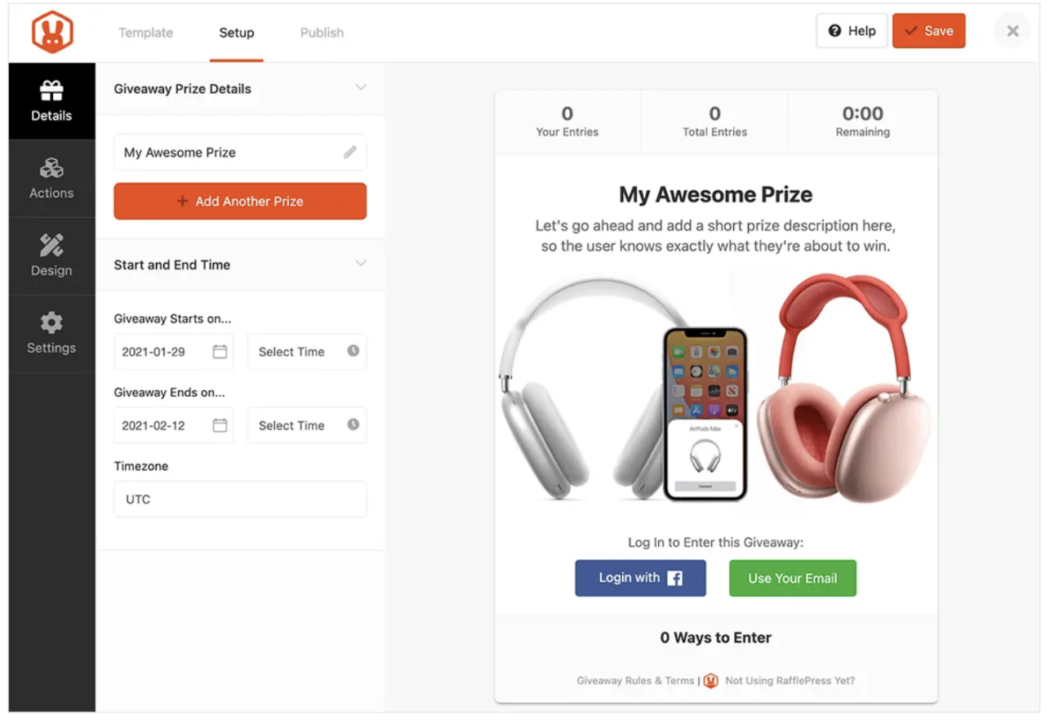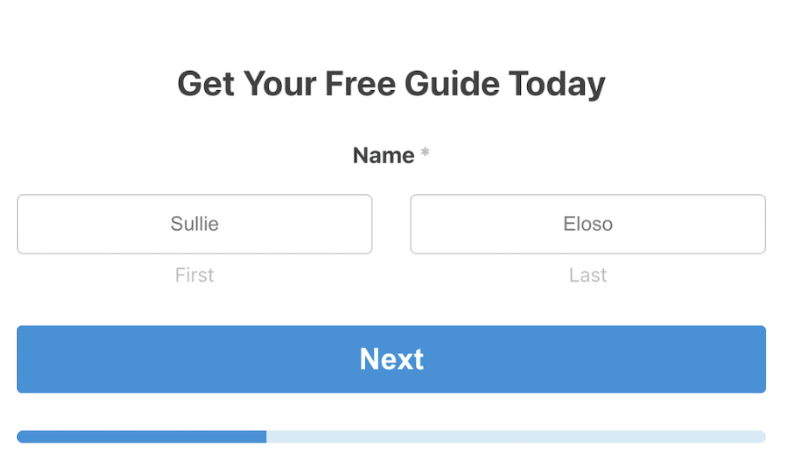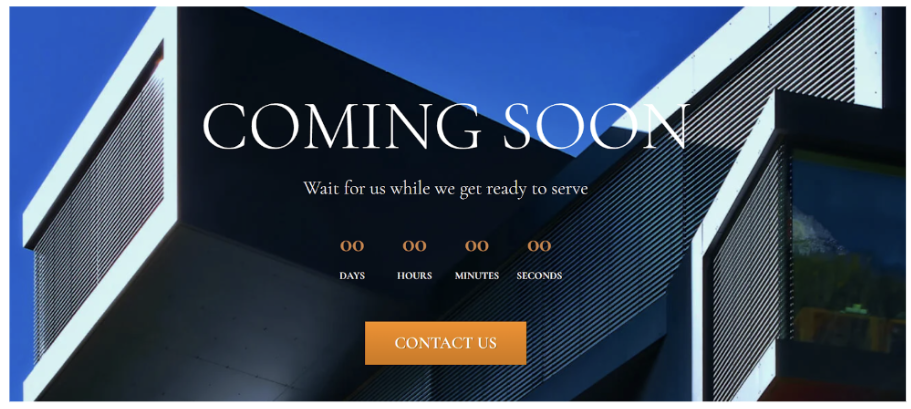Engaging your audience before a product launch is not just beneficial, it’s crucial for the success of your campaign.
While promoting your product after launch makes sense, you’re missing several opportunities to win over more customers and generate buzz without pre-launch strategies.
A prelaunch engagement approach helps build anticipation, foster a community, and smooth the pathway to conversions.
This post will simplify your prelaunch process, ensuring you can effectively nurture and captivate your audience well before the official release.
Stick with us to learn how to leverage these strategies for maximum impact.
What is a product prelaunch strategy?
A product prelaunch strategy is a series of targeted marketing activities launched before the official market release of a product.
The aim is to generate interest, create a buzz, and establish a strong foundation for product success. Creating a prelaunch strategy has many benefits:
- Building anticipation and excitement: By teasing your upcoming product, you naturally create a sense of anticipation among your target audience.
- Gathering feedback and insights: A prelaunch phase offers the perfect opportunity to gather valuable feedback from early adopters and beta testers. This can be instrumental in making last-minute improvements, ensuring that your product meets or exceeds customer expectations upon release.
- Creating a buzz and word-of-mouth marketing: Leveraging social media, influencer collaborations, and email campaigns during the prelaunch can generate conversations around your product. This organic buzz can greatly amplify your reach and attract more potential customers.
If you want the best chance for your product to succeed then customer engagement and nurturing need to happen well before your product launch. Let’s look at how to best do this with the right strategies.
Understanding the psychology behind customer engagement
When you understand what motivates people to take action, you can actively create value-rich offerings and triggers that appeal to them.
Psychological triggers are signals that prompt your target audience to behave in certain ways.
You should use such triggers to make your prelaunch strategies even more effective. Let’s explore three major triggers to create more engagement and make your product launch successful.
Exclusivity/FOMO (Fear of missing out)
Offering exclusive access or limited-time offers before your product launch can create a sense of urgency and exclusivity.
Make your audience feel special and prompt them to act quickly to be part of an exclusive group. For example, you could offer early access to your product for the first 100 subscribers or create a limited edition product for early birds. These strategies use FOMO and make your prelaunch more compelling.
Personalization
Personalization is all about tailoring your messaging. You offer special rewards, content, and deals to make your targeted audience feel seen and valued.
Such customization dramatically increases engagement and the likelihood of conversion. An example of this could be sending personalized email invitations for a prelaunch webinar, where the content is geared towards the recipient’s interests or past behaviors.
Social proof
Showcasing testimonials, user reviews, or endorsements from peers and influencers can validate your product’s value and build trust with your audience ahead of product launch. For instance, sharing user-generated content from beta testers or early adopters on your social media platforms or website can serve as powerful social proof, influencing others to join in and engage with your brand.
By strategically applying these psychological triggers in your prelaunch strategies, you can more effectively foster an engaged community around your product before its official release.
The five proven strategies for pre-launch customer engagement and nurturing
These strategies are designed to nurture your audience effectively, leading up to your product’s grand debut. Try them all or work with them one at a time to get the best results.
1. Host a social media giveaway and contest

Social media giveaways or contests are a brilliant way to engage people before your product goes live or launches.
For example, as part of a strategic app marketing campaign, a tech company launching a new app could give away a yearly or lifetime subscription to induce more people to explore the product. This approach will boost user acquisition, encourage online sharing, and enhance the app’s visibility.
Let’s look at what this looks like step-by-step:
- Determine what you want to achieve — whether it’s increasing social media followers, boosting engagement, or gathering emails for your launch list for your first step.
- Choose an enticing prize that aligns with your target audience’s interests. The prize should also be relevant to your product or brand.
- Create your contest with a giveaway plugin to customize your contest’s look and entry requirements.
- Promote your contest across all your brand’s channels, encouraging participants to share for extra entries.
- Monitor and engage with participants during the contest period. Keep the excitement alive with regular updates and reminders.
- Announce the winner and assess the campaign’s performance against your initial objectives. Doing so will help you gauge its success and gather insights for future campaigns.
With these simple steps, you can give your product launch a boost and get people excited about your new offering.
2. Create a prelaunch landing page with lead capture form
A prelaunch landing page acts as a digital storefront for your upcoming product. You create a specific online location for your audience to visit in anticipation of your offering going live.
The primary advantage is that you build a main line of communication with your potential buyers.
Imagine you’re creating a new kitchen gadget and unveil a landing page six months before launch. You could feature engaging product teasers, a countdown timer, and a lead capture form with early bird discounts. This approach could easily bring you thousands of signups and a highly engaged email list ready to convert at launch.

Let’s break down how to create and optimize your prelaunch landing page:
- Design a captivating landing page that highlights the unique value proposition of your product. Use compelling visuals and clear, concise messaging.
- Incorporate a lead capture form that is simple yet enticing, offering something of value in return for the user’s contact information.
- Leverage SEO best practices to ensure your page is discoverable by your target audience. Use relevant keywords and optimize your content for search engines.
- Promote your landing page across all possible channels to drive traffic. Consider paid ads for wider reach.
- Test and optimize your landing page continually by experimenting with different elements (e.g., headlines, images, call to action) to see what resonates best with your audience.
- Use a landing page builder to streamline every aspect of this strategy. A landing page tool is an affordable and powerful way for you to get customers excited to buy from you time and again.

Always use a landing page as a strategy to keep customers engaged even before your product is available.
3. Collaborate with influencers and industry experts
Partnering with influencers and experts can amplify your product’s visibility. Their endorsement serves as a powerful form of social proof and encourages their followers to take interest in your product.
Steps to identifying and partnering with influencers or experts in your industry:
- Identify influencers who align with your brand values and have a significant following among your target audience. Use influencer marketing tools and platforms to search for them by genre, industry, and number of followers.
- Reach out with a personalized proposal that outlines the mutual benefits of the partnership.
- Collaborate on content that feels authentic to their style, ensuring it resonates with their audience and effectively highlights your product.
- Co-create content that provides value, whether it’s through informative posts, exclusive insights, or entertaining videos. Involving them in the product development process can also generate excitement and foster a genuine connection.
- Leverage influencer expertise since they know their market best. You should make use of their knowledge to improve your offerings and refine your marketing strategy.
By fostering a collaborative partnership and providing them with a suite of content creation tools, like graphic design assets, video editing software, and pre-made content templates, you can empower influencers to deliver high-quality content that effectively promotes your product.
4. Use email marketing to nurture leads
Email marketing is about directly connecting with your audience with strategic, targeted messages.
You can build an email list and audience before your launch to drive a large number of buys on the day your product goes live.
The other methods mentioned above are critical to get people to subscribe to your email list. Once they sign up, send useful content, sneak peeks of the product, behind-the-scenes content, and an exclusive pre-order offer.
This approach helps maintain high engagement levels and convert a significant percentage of the email list into paying customers at launch.
Segment your email list to deliver personalized content, making sure to avoid generic subject lines and openings.
And always include a clear CTA in your email. Test different email formats and content to determine which drives the highest engagement and conversion rates. You can use this information at future product launches to create better results.
5. Utilize sneak peeks and teasers on social media
Sneak peeks, teasers, or behind-the-scenes looks show your product development process and other factors around your offering. They can build excitement and anticipation, as well as leverage the visual and viral nature of social media.
Use a mix of formats like photos, videos, and live sessions to update your audience about what’s happening around your product launch.
Create a content calendar to ensure a consistent build-up to your launch date. And leverage hashtags to encourage user-generated content (UGC) for a wider reach.
If you’re a video game development studio, you could share early concept art and teaser trailers for upcoming games on various social media platforms. Engage with their audience by asking for feedback — this not only increases responses, but also provides early data you can use to make your launch more successful.
How to measure the success of your prelaunch strategy
Measuring the success of your prelaunch efforts is crucial for understanding impact and optimizing future campaigns. Your primary metrics will depend on your overarching goals.
Key metrics you should track include:
- Website traffic: Did you get a boost in your website visits? If so, how much? A higher traffic to your site can lead to higher conversions and recognition of your authority.
- Engagement rates on social media: An increase in the number of shares, comments, and impressions are positive signs of your prelaunch campaign working.
- Email list signups, email opens and click-through rates: Building your email list is critical to grow your business over the long term. You’ll know your prelauch did well if you get an email list boost along with more email opens and click-throughs in links.
- The number of pre-orders and purchases received: This is probably the most important metric. How much did you sell as a result of your marketing efforts? The point of all marketing is to encourage sales and your prelaunch efforts should lead to more preorders or the higher use of coupons, discount codes, or plain sales.
You need Google Analytics, a CRM (Customer Relationship Management tool), and website and platform-specific tools to learn these details. Also, check your social media and email marketing software for insights.
The goal is not just getting high numbers, but also high-quality engagement. Also, tracking and making changes based on the metrics you see will help you tweak and make your prelaunch and post launch strategies successful.
Final thoughts
Successfully launching a product requires a well-crafted pre-launch strategy that captivates your target audience and builds anticipation.
We’ve shared several strategies like creating a compelling landing page, collaborating with influencers, and so on to get people to pay attention to your launch.
Remember to track everything you do and provide value — these are the keys to driving engagement. Work with these strategies and you’re bound to have a successful prelaunch.
Author Bio

Syed Balkhi is the founder of WPBeginner, the largest free WordPress resource site. With over 10 years of experience, he’s the leading WordPress expert in the industry. You can learn more about Syed and his portfolio of companies by following him on his social media networks.
Source from Omnisend
Disclaimer: The information set forth above is provided by omnisend.com independently of Alibaba.com. Alibaba.com makes no representation and warranties as to the quality and reliability of the seller and products.








